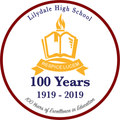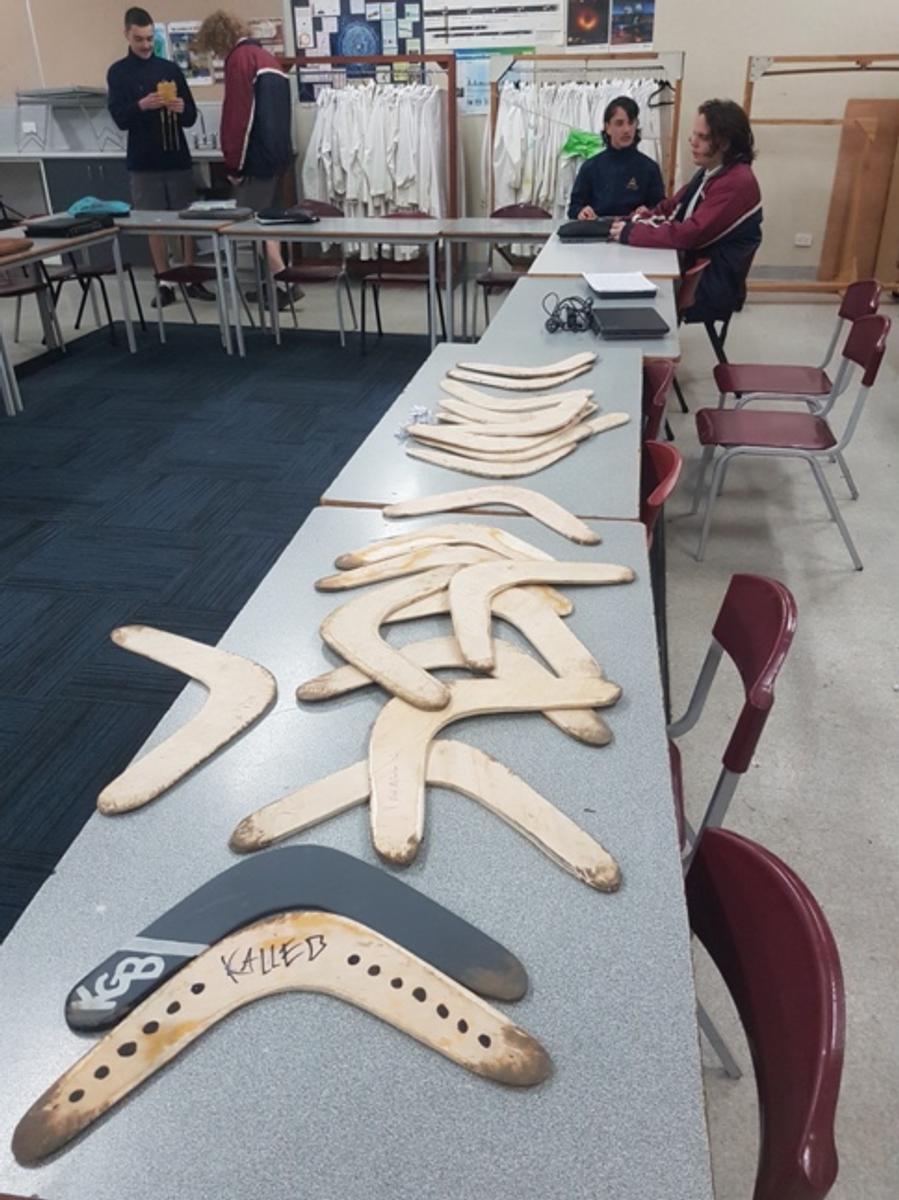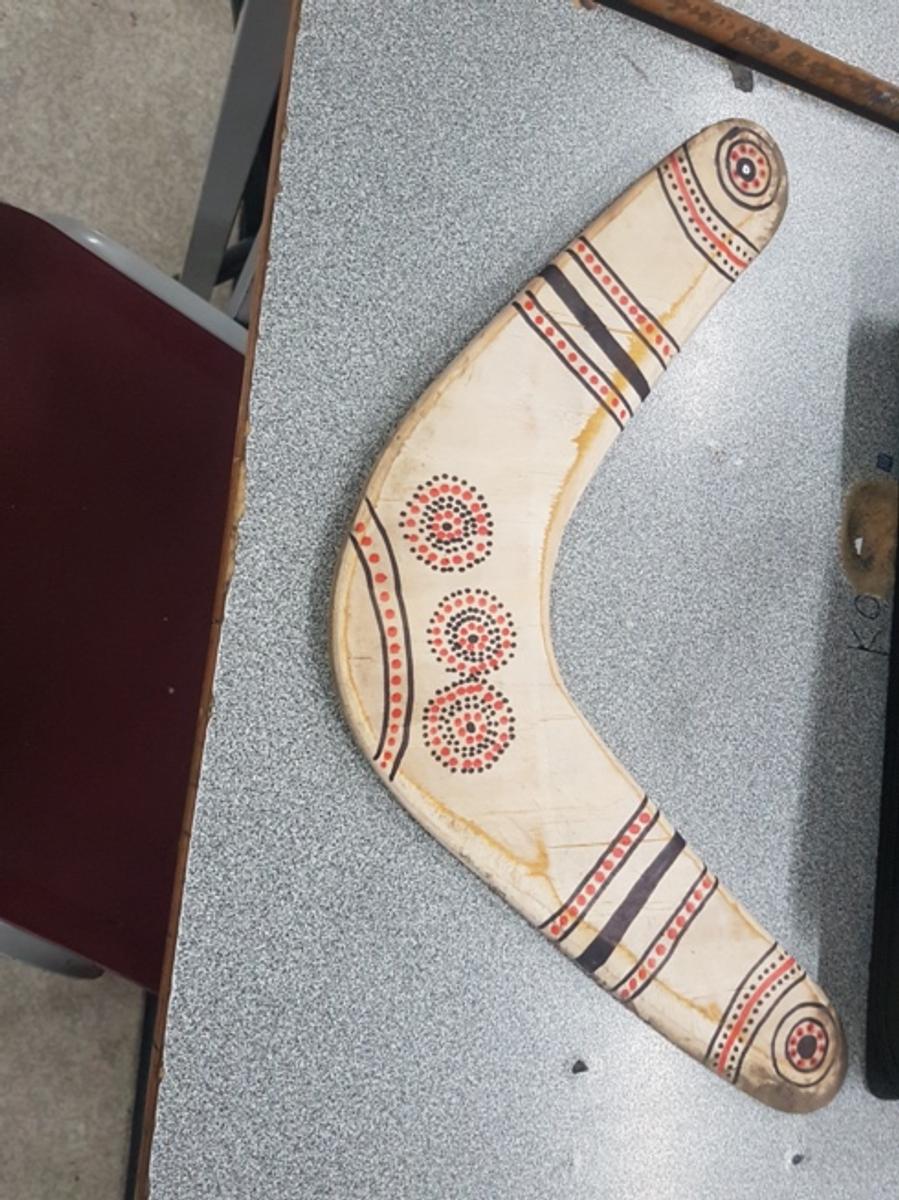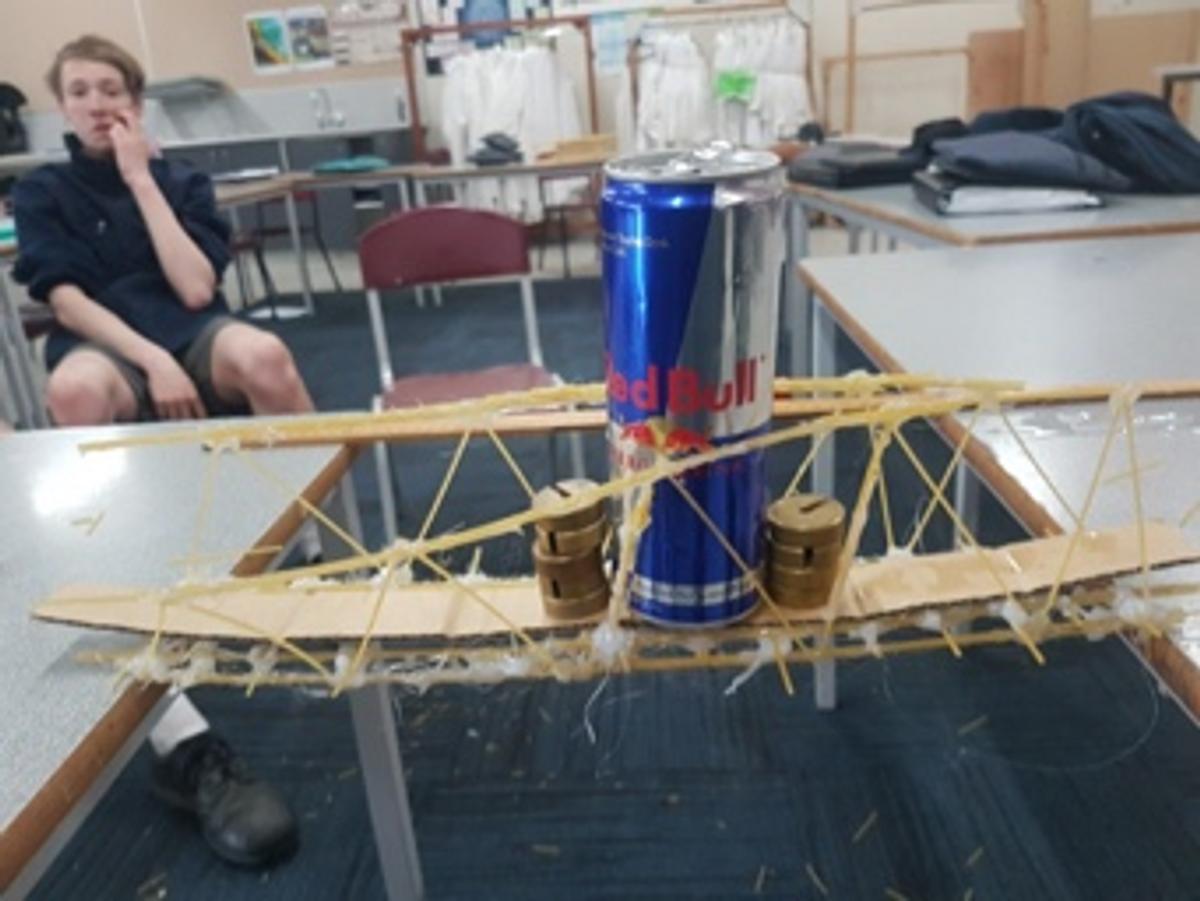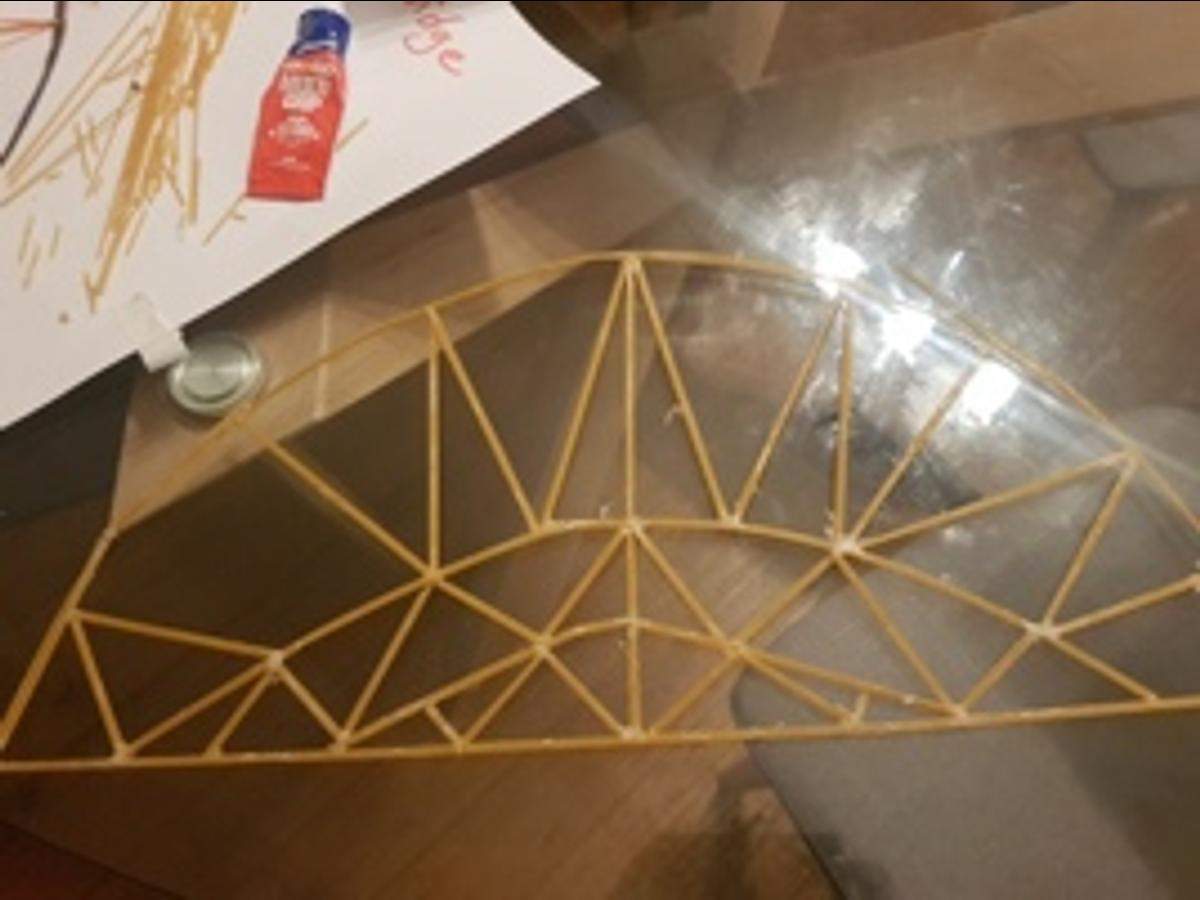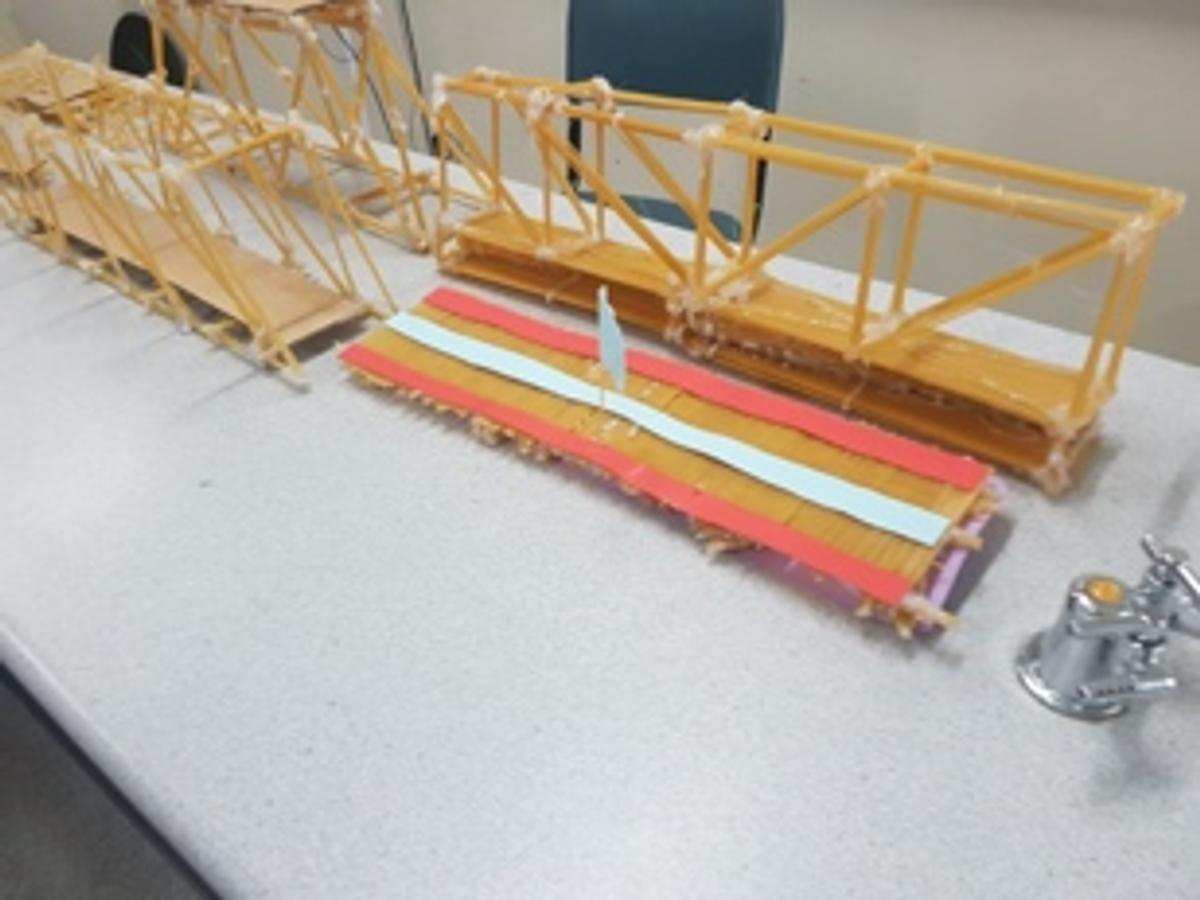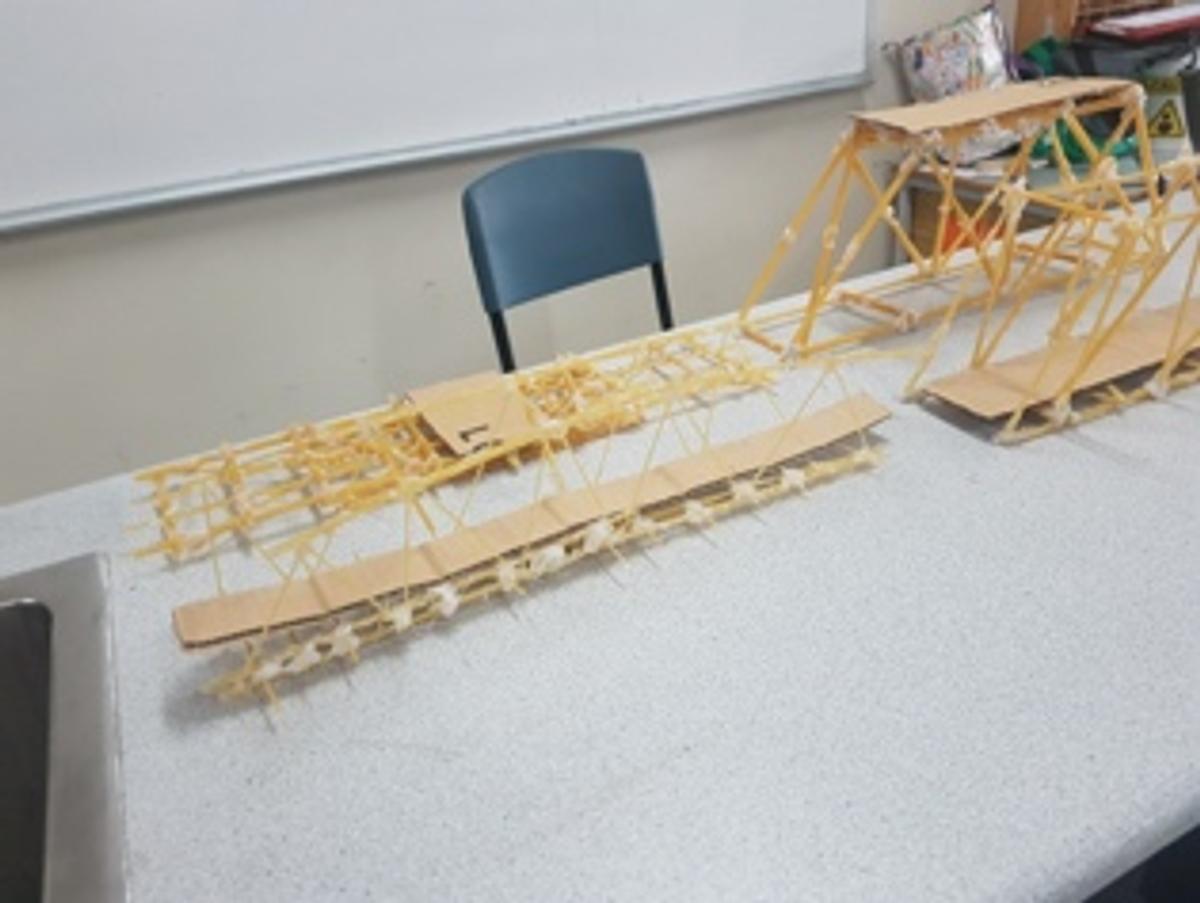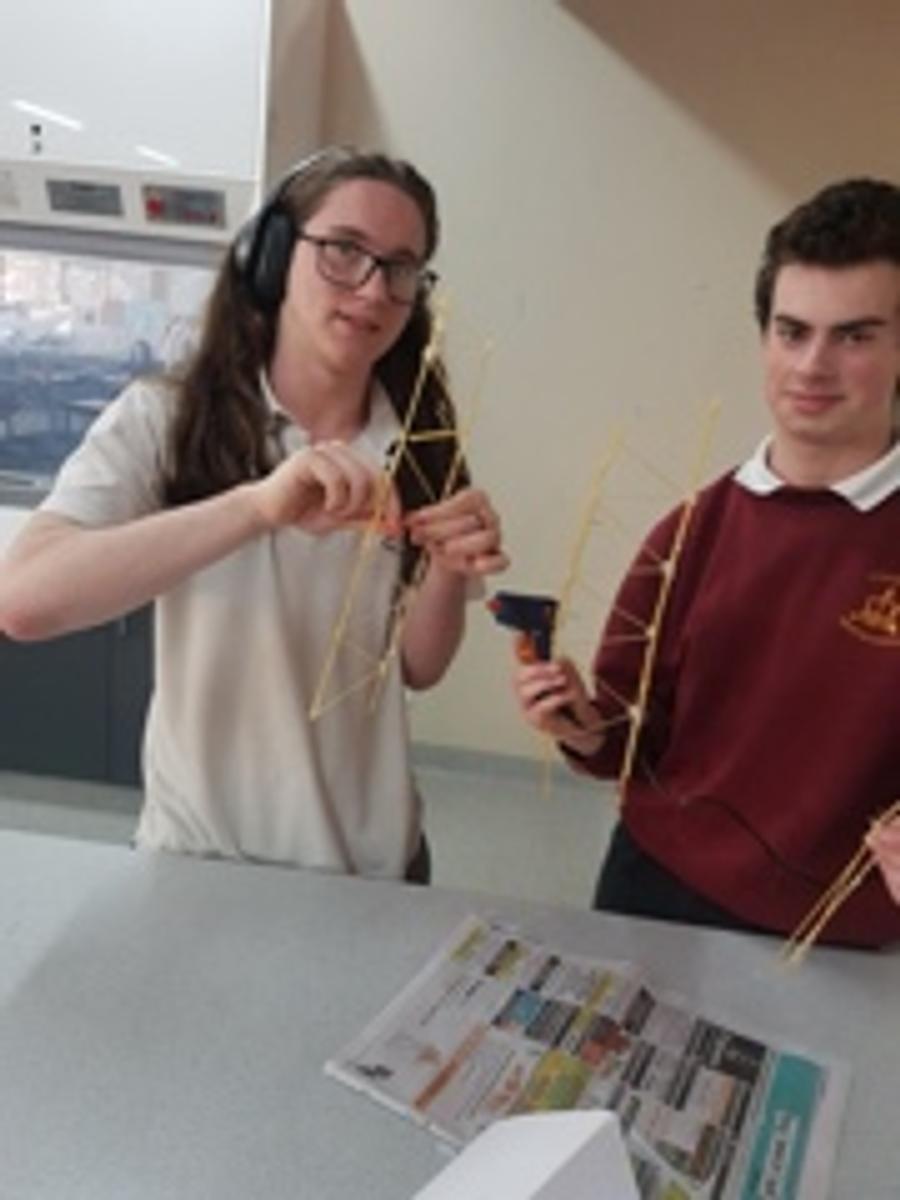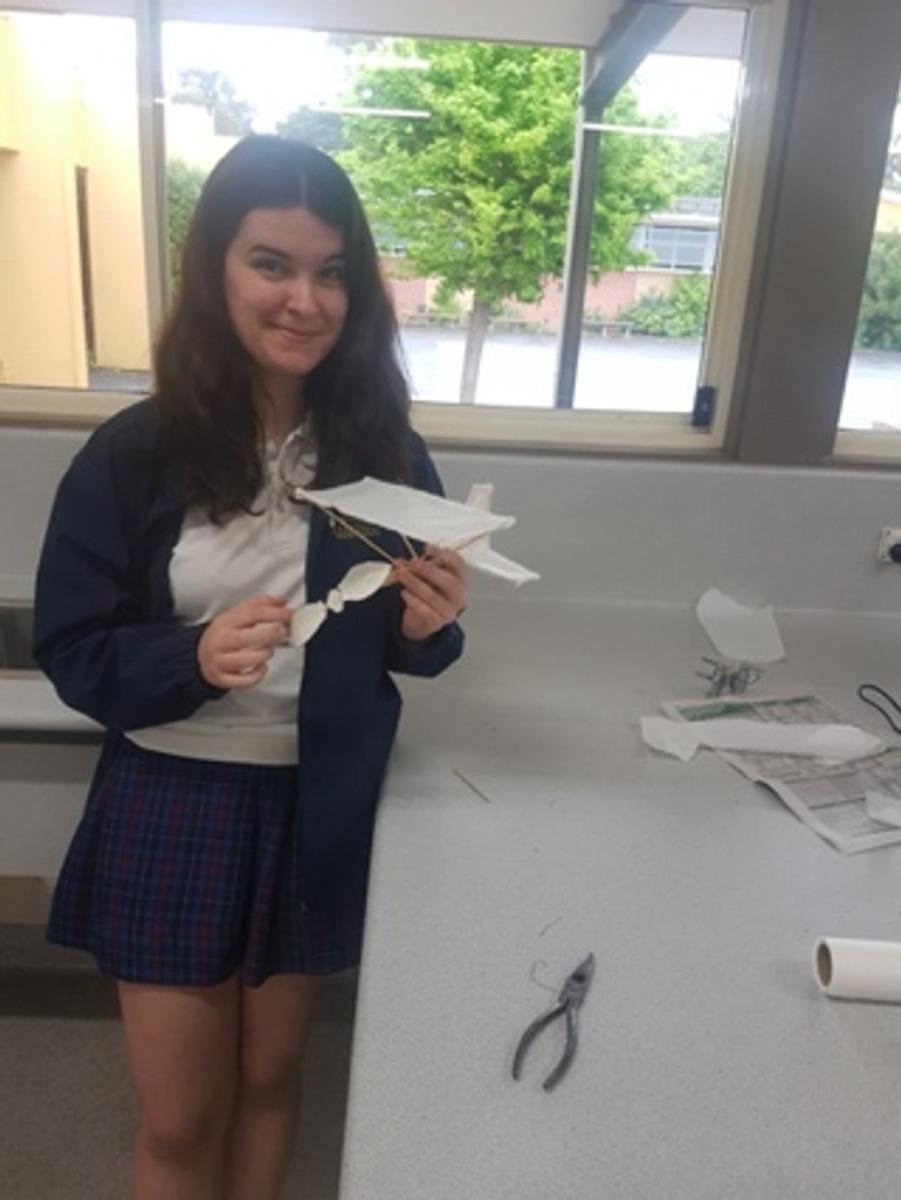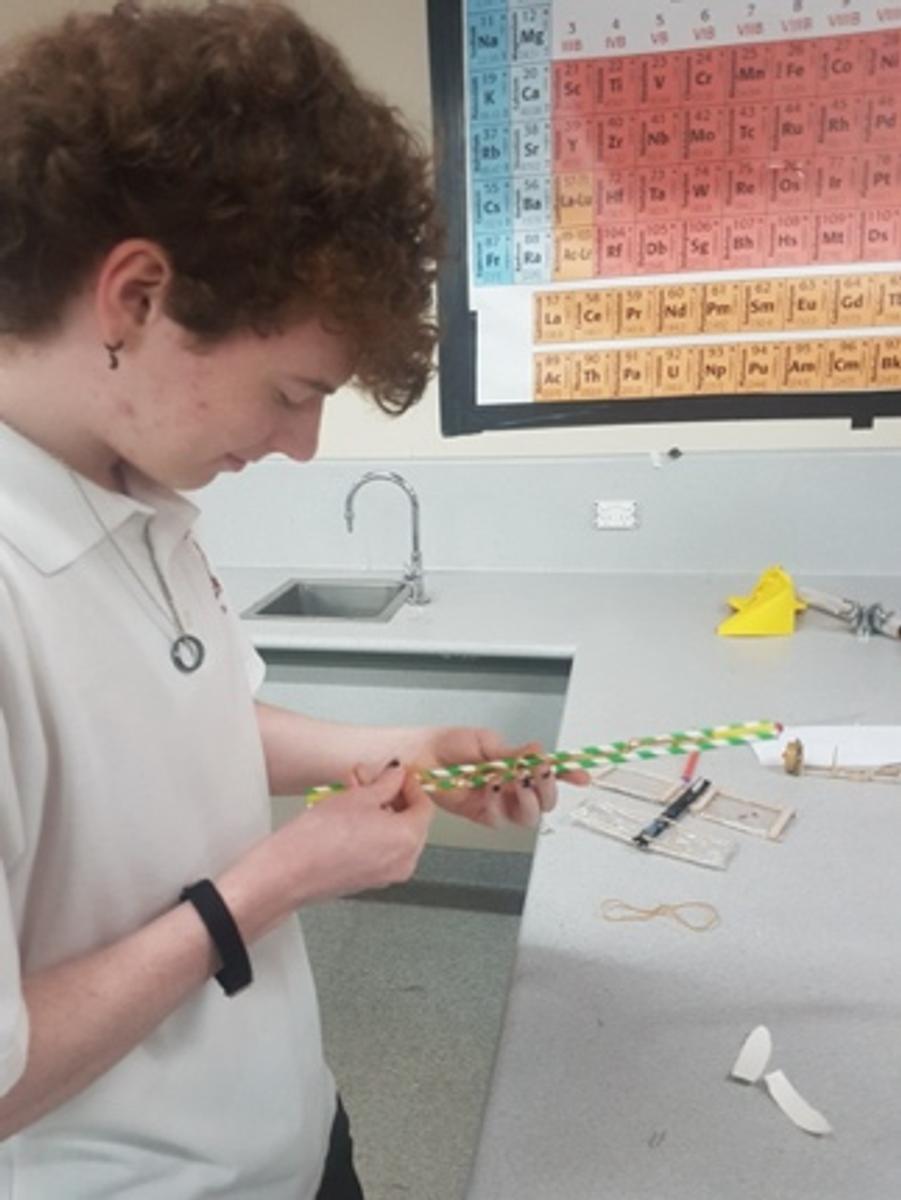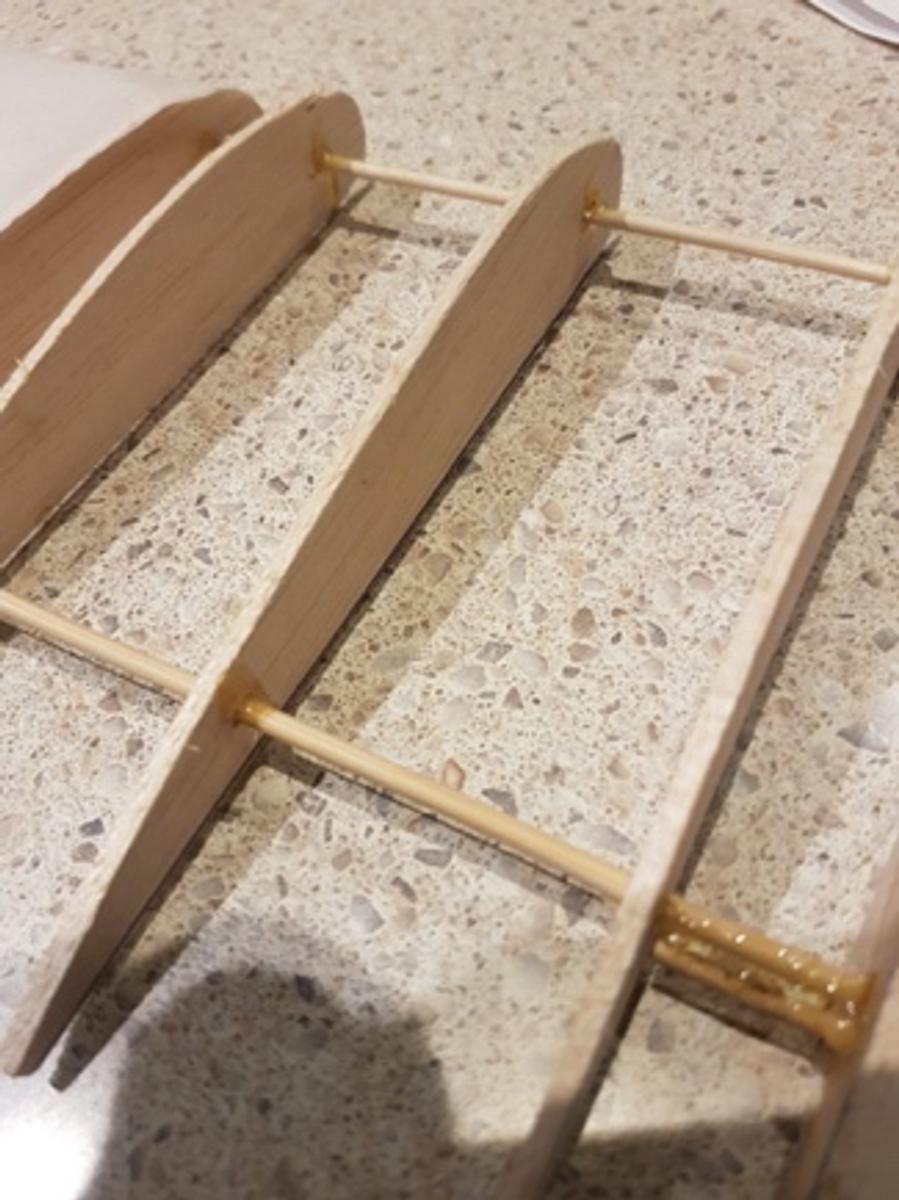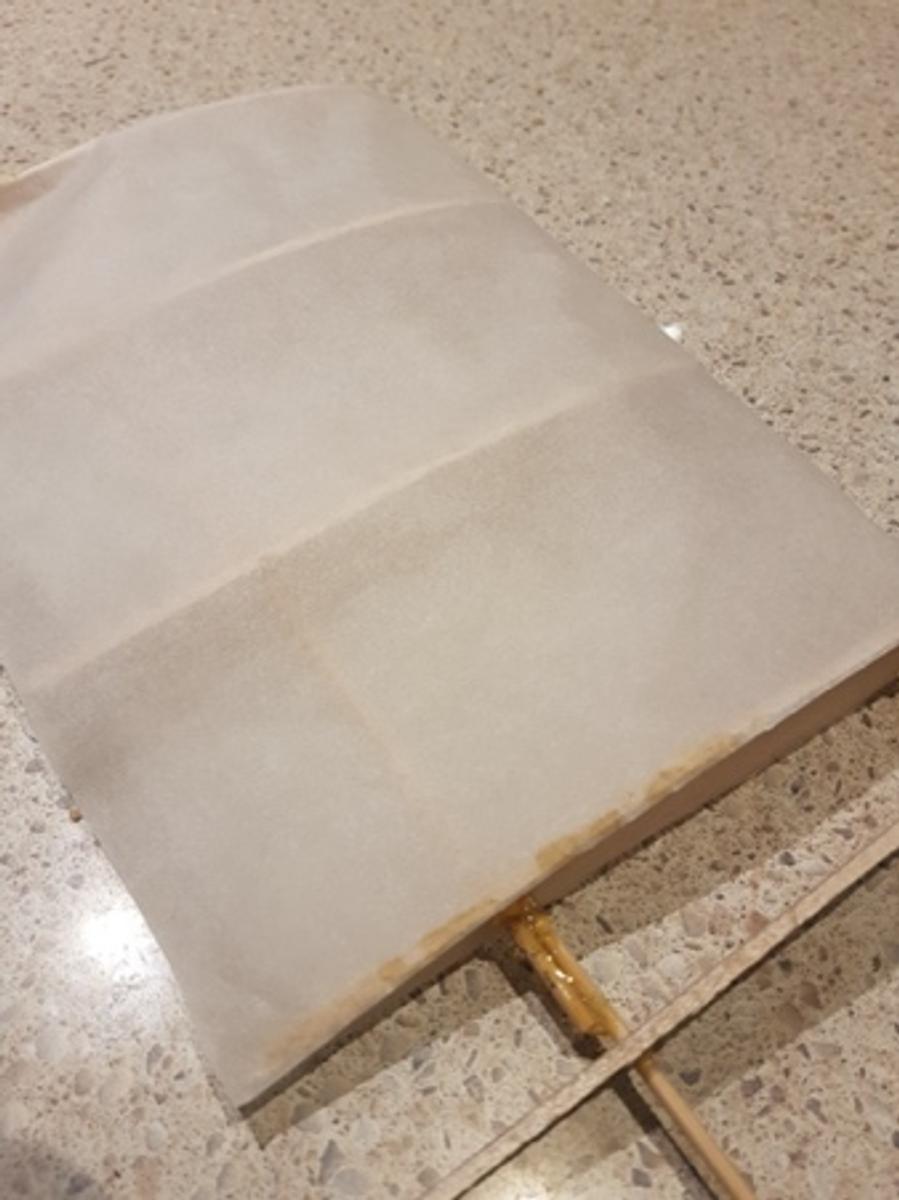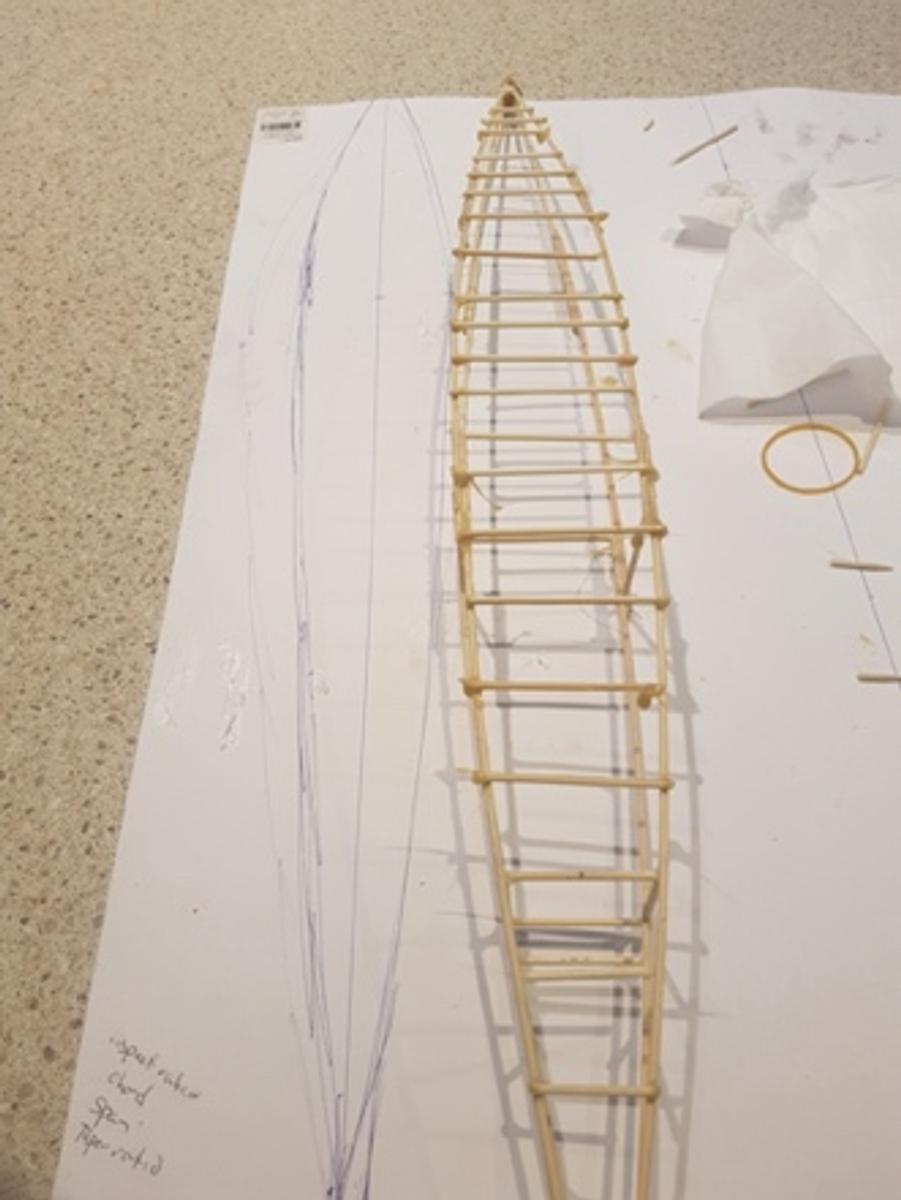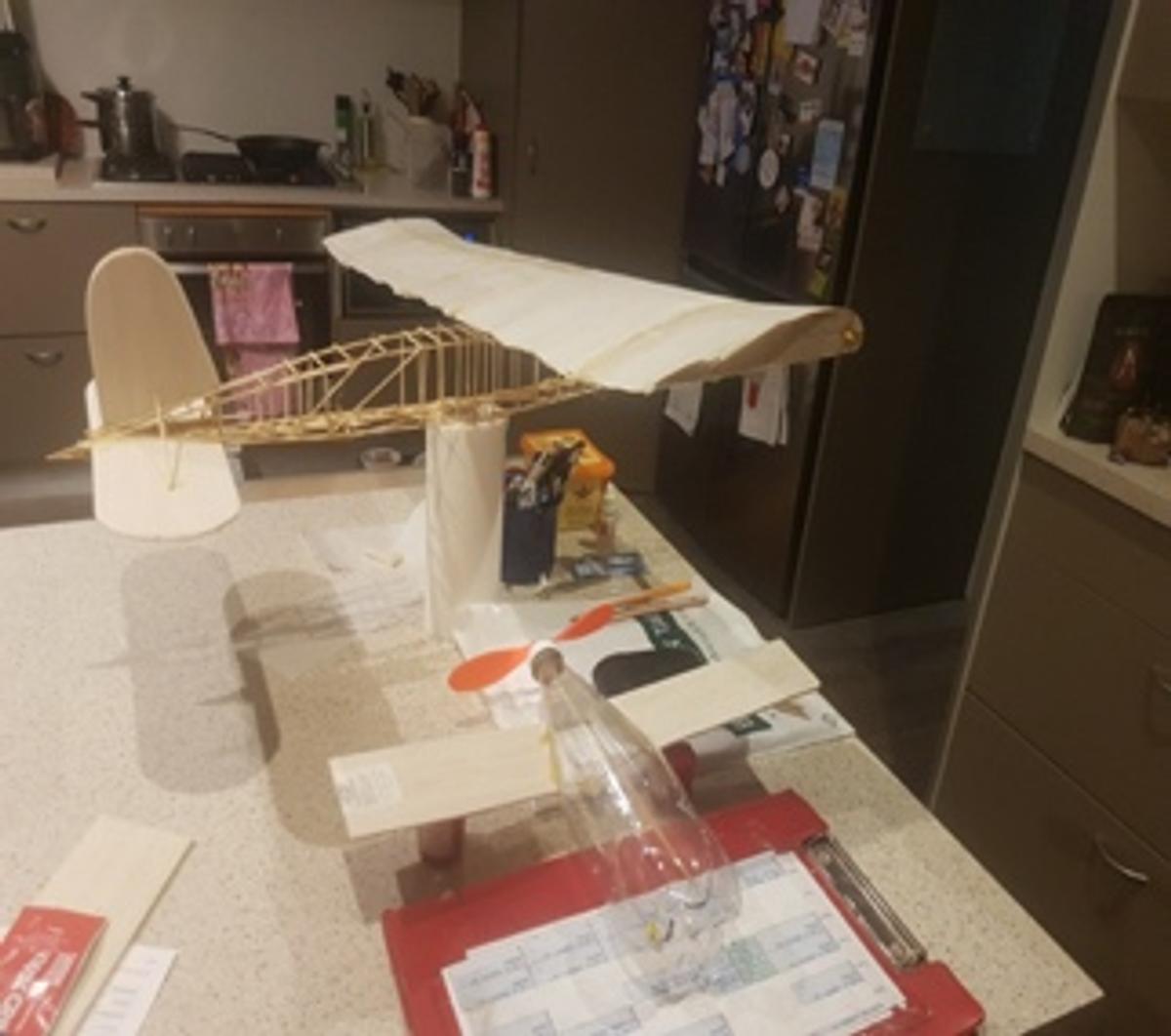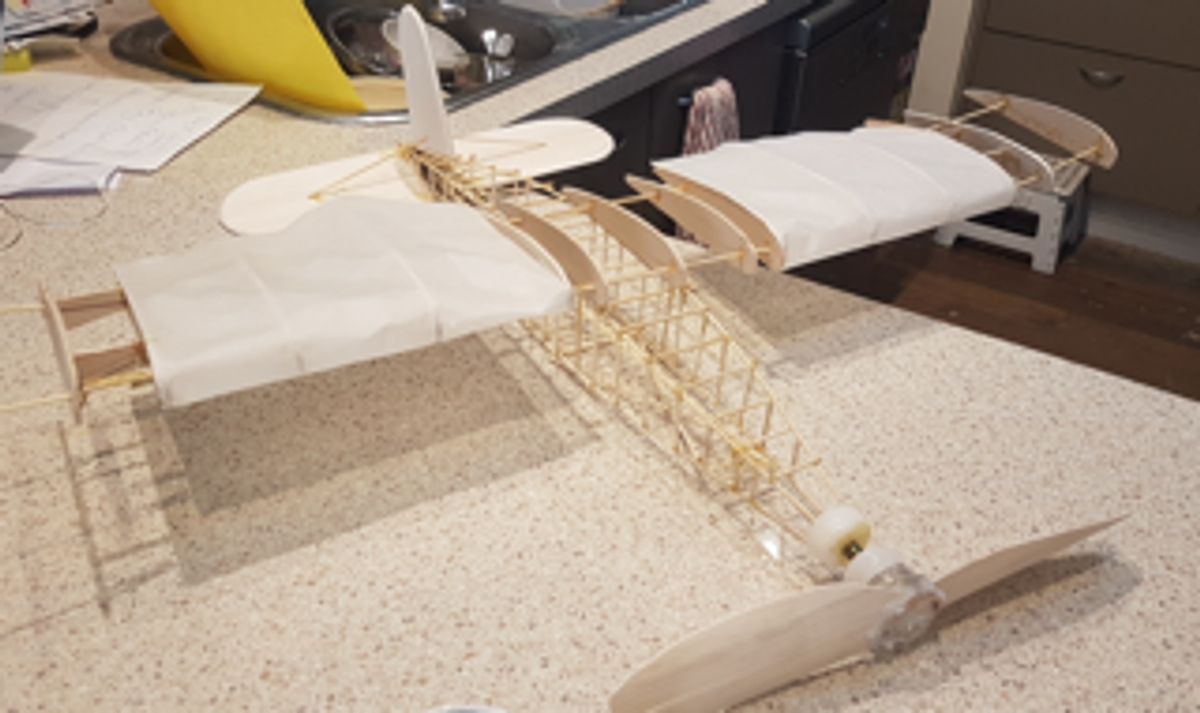SCIENCE

Physics and Flight
A relatively new Year 10 Science course has been enthusiastically embarked upon by some or the Year 10 Science students this semester. The theme of the unit is the Science and Physics associated with Flight.
The final project for the subject is to construct a rubber band powered model aeroplane. A series of small investigations are undertaken and the knowledge gained is hopefully all brought together in the final project. In the unit students investigate forces and in particular those associated with aerofoils. Their first investigation related to this was boomerangs.
Each student researched boomerang shapes and set about forming the wood on their own boomerang and spend time on the school oval perfecting their throwing technique with the goal of catching their returning boomerang. Most, to every ones satisfaction came back although, there were one or two “sticks” amongst them.
The next investigation was to look at light weight but strong structures. This is a key ingredient of a plane fuselage. In doing this, students worked in groups and were to design and build a bridge from spaghetti pieces that were glued together. The bridge was to be as light as possible and had to span a distance of 600mm and support a can of coke. All bridges were tested to destruction to see which could support the largest weight. Most were able to support in excess of 1kg and the winning bridge was able to support in excess of 4kg.
Students also constructed small hovercraft and went for a ride on a “weed blower” powered one designed and built by Mr Dekker. Small helicopters were built and flown as well. Next year it is hoped that we will be able to add a project involving the construction of conventional and box kites.
A week was spent looking at forces and rockets and we looked at water rockets, air pressure powered rockets and solid fuel rockets. These later ones reach about 200km/hr and reach in excess of 200m in height. Demonstrations of spinning objects and gyroscopes were shown and centre of gravity was a key study for a couple of periods. This again was an important consideration in the final task.
Near the end of the semester students commenced their individual rubber band powered craft. There was a myriad of different ideas for the final design, ranging from planes with drinking straws forming the fuselage to coke bottle fuselage and several that employed the bridge building ideas but with skewers this time instead of spaghetti.
Propeller design was a challenging aspect that students had to deal with in this project To gain a better awareness of the design and efficiency of propellers we have made a small propeller test rig to look at how diameter/pitch and number of blades can have a bearing on thrust.
We hope that this will make the final task a little less arduous in 2023. Also in 2023, we will spend a little more time looking at wing design in a bit more detail first by making use of a wind tunnel that the school has constructed.
We look forward to some really innovative and successful designs next year.
Garry Bennett
